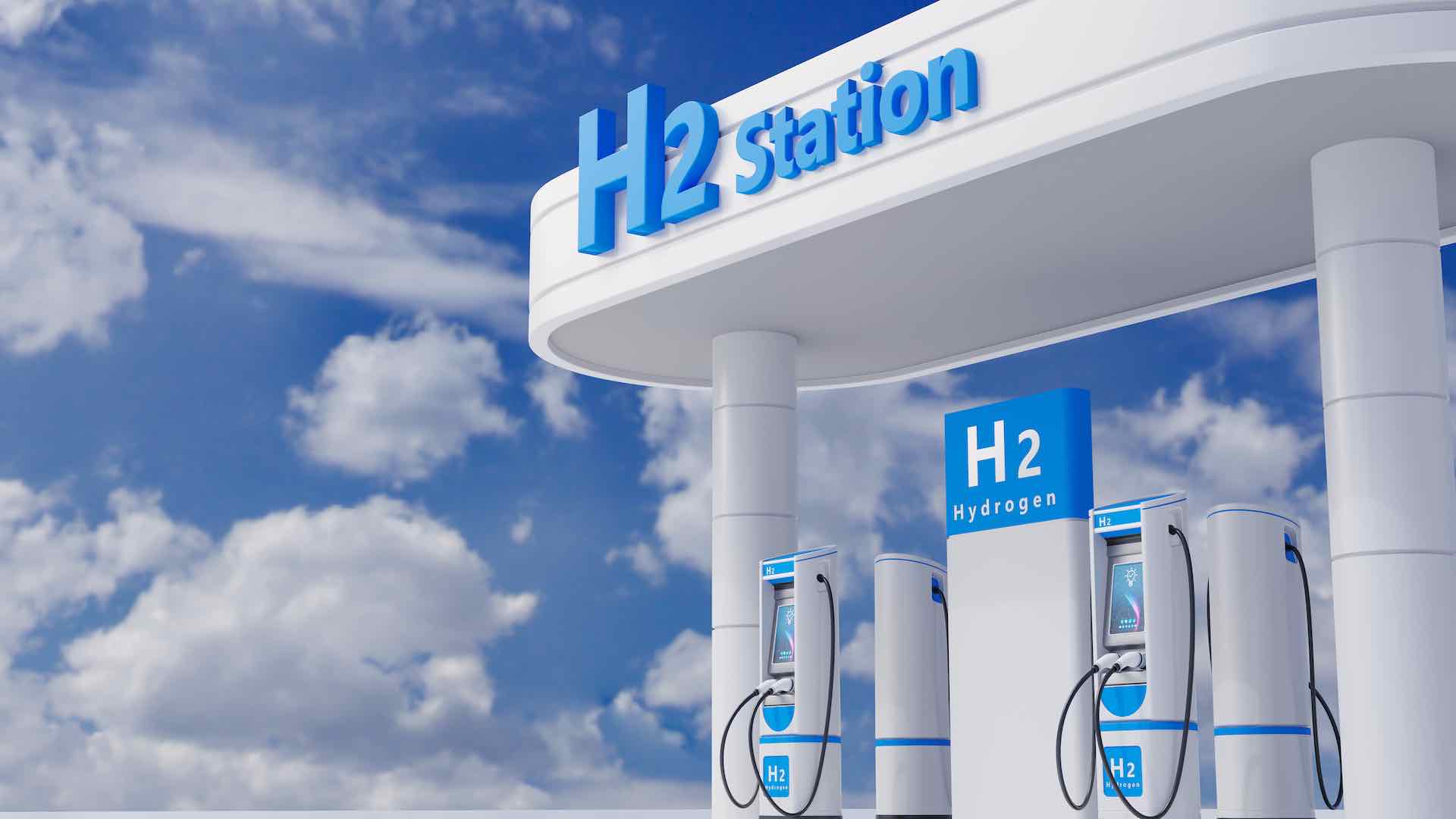MENA Newswire News Desk: A new report by the International Energy Agency (IEA) reveals a surge in low-emissions hydrogen projects, driven by increasing investment and development. However, the report underscores the need for stronger policies to boost demand in critical sectors such as heavy industry, refining, and long-distance transport to speed up deployment. The IEA’s Global Hydrogen Review 2024 points to significant progress in low-emissions hydrogen, despite ongoing regulatory uncertainties, cost pressures, and a lack of demand incentives.

The report notes that these challenges have not deterred momentum, as evidenced by a growing number of projects moving toward final investment decisions. Over the past year, the number of projects reaching final investment decisions has doubled, with the global production of low-emissions hydrogen projected to increase fivefold by 2030. According to the report, electrolyser capacity for low-emissions hydrogen projects now stands at 20 gigawatts (GW) globally, marking a notable milestone in the sector’s expansion.
“If all announced projects are fully realized, global production could reach 50 million tonnes annually by the end of the decade,” the report states. Achieving this would require the hydrogen sector to grow at a compound annual growth rate of over 90% between now and 2030, a rate far exceeding the growth of solar photovoltaics (PV) during its peak expansion.
China plays a significant role in this growth, accounting for over 40% of the more than 6 GW of electrolyser capacity that reached final investment decisions over the past year. The country’s leadership in mass manufacturing of clean energy technologies, including electrolysers, has made it home to 60% of global electrolyser manufacturing capacity, now standing at 25 GW annually, well above the global deployment average.
“Investor interest in low-emissions hydrogen production is strong, and these projects could be pivotal in reducing emissions in industrial sectors such as steel, refining, and chemicals,” said IEA Executive Director Fatih Birol. “However, for these projects to succeed, producers need buyers. Policymakers and developers must focus on creating demand, reducing costs, and implementing clear regulations to support further investment in the sector.”
The report highlights a gap between government goals for hydrogen production and actual demand. While production targets set by governments globally aim to reach up to 43 million tonnes annually by 2030, demand targets only total around 11 million tonnes by the same year. Although some government policies are in place to stimulate demand for low-emissions hydrogen and hydrogen-based fuels, a significant shortfall remains.

